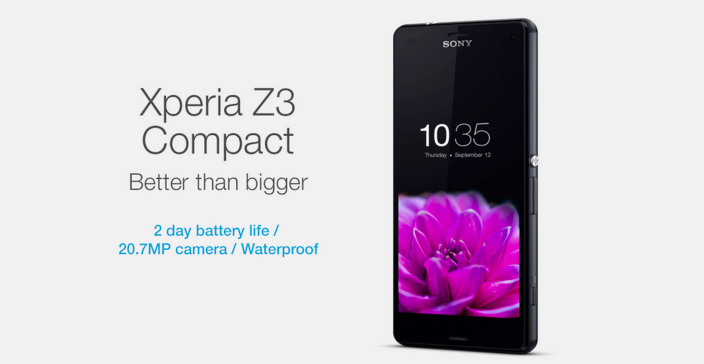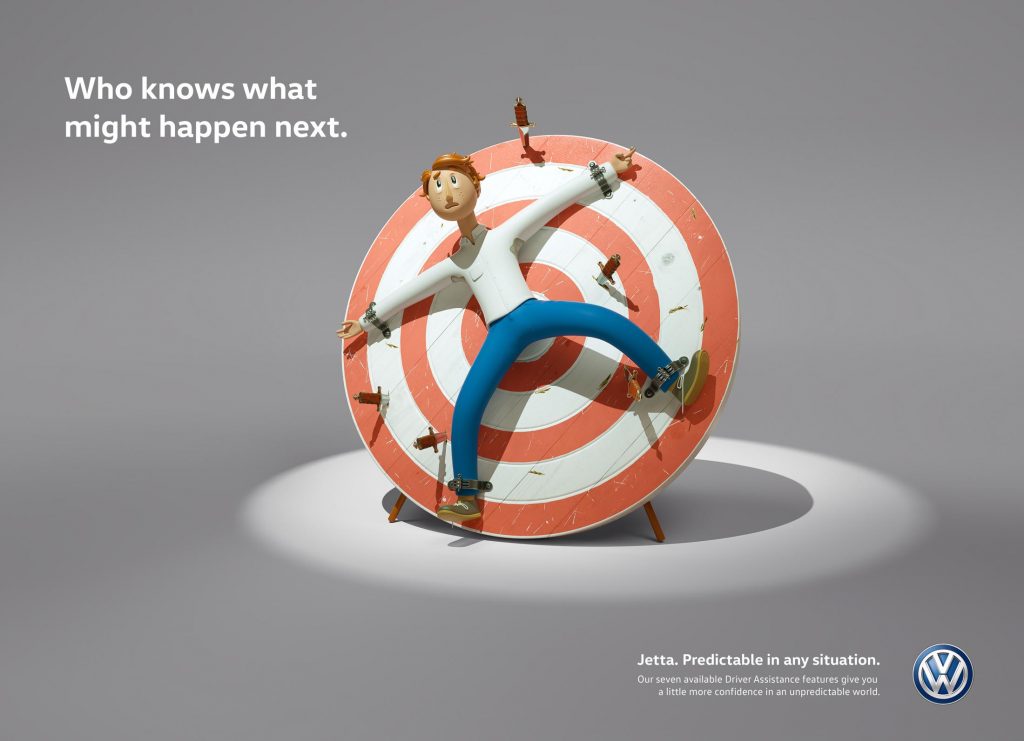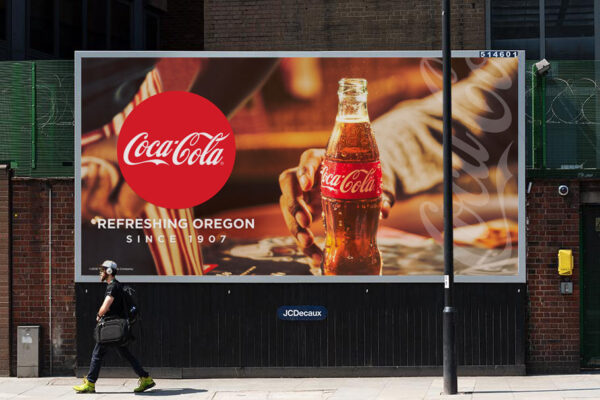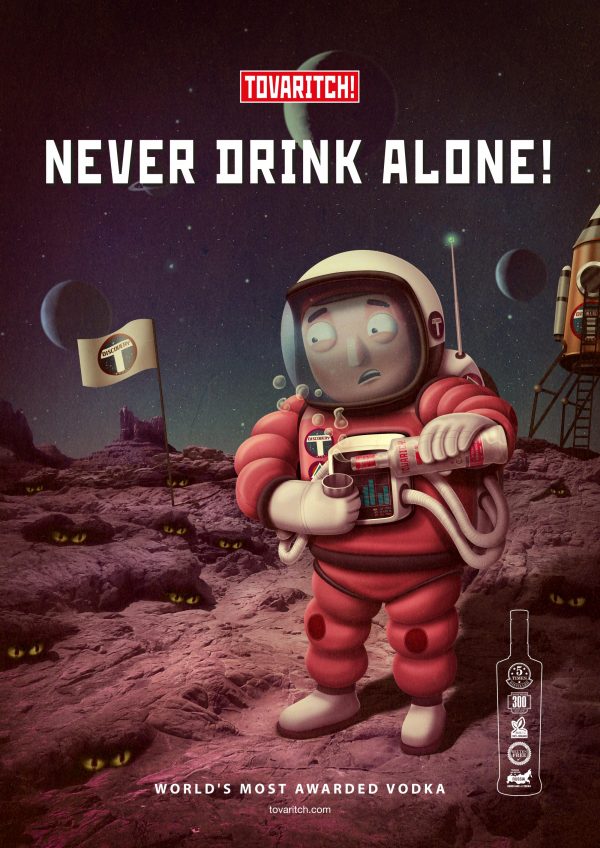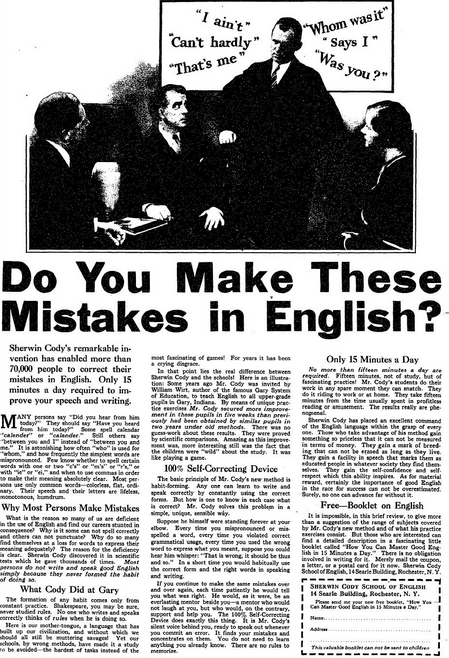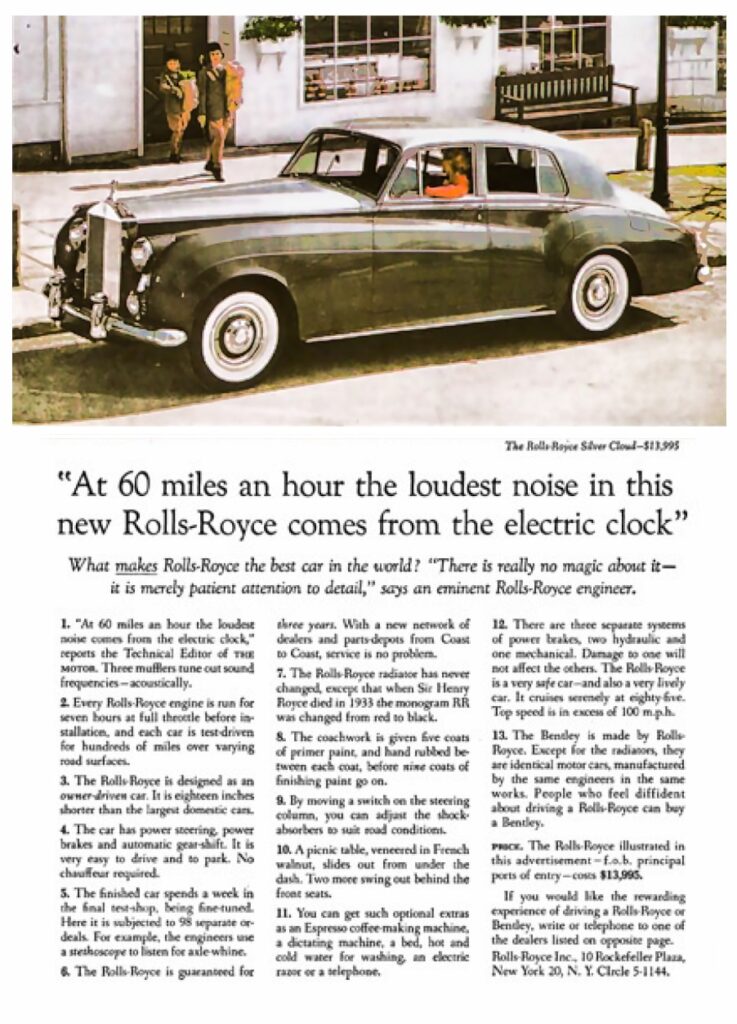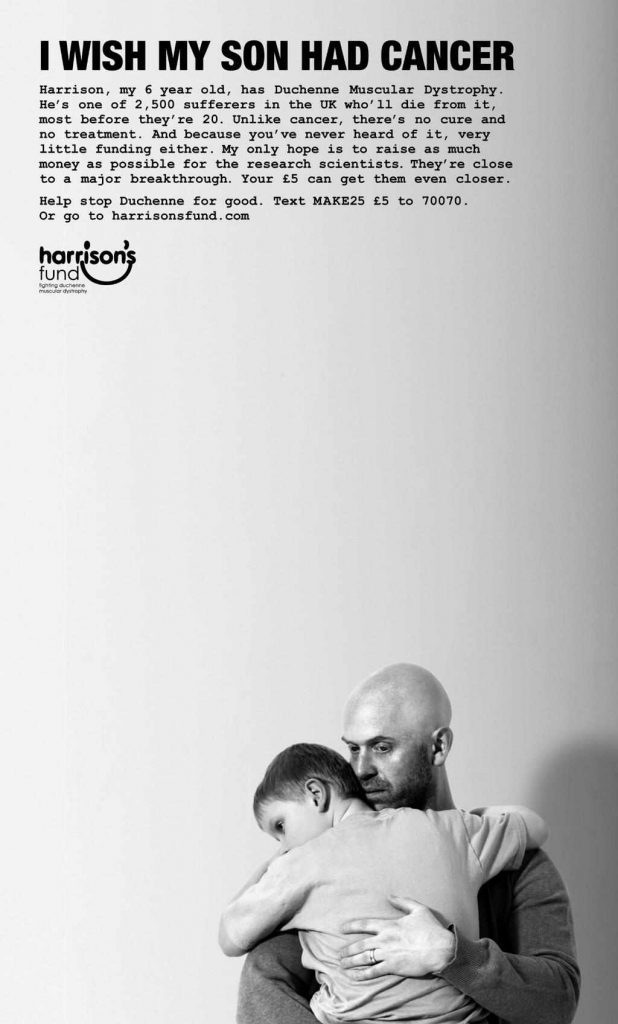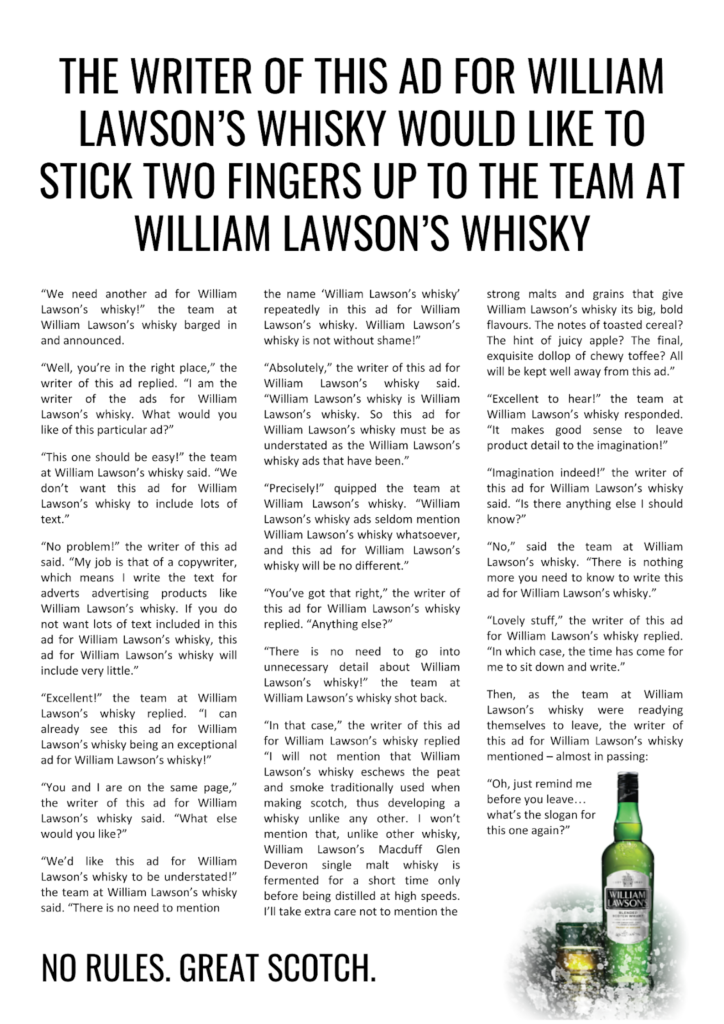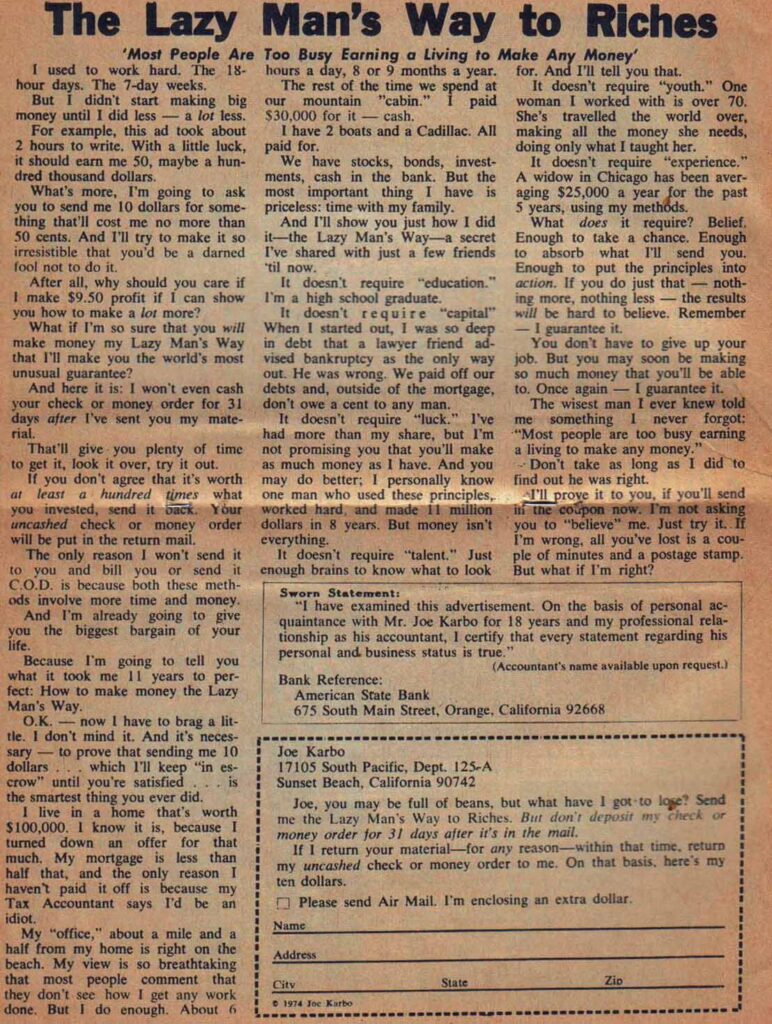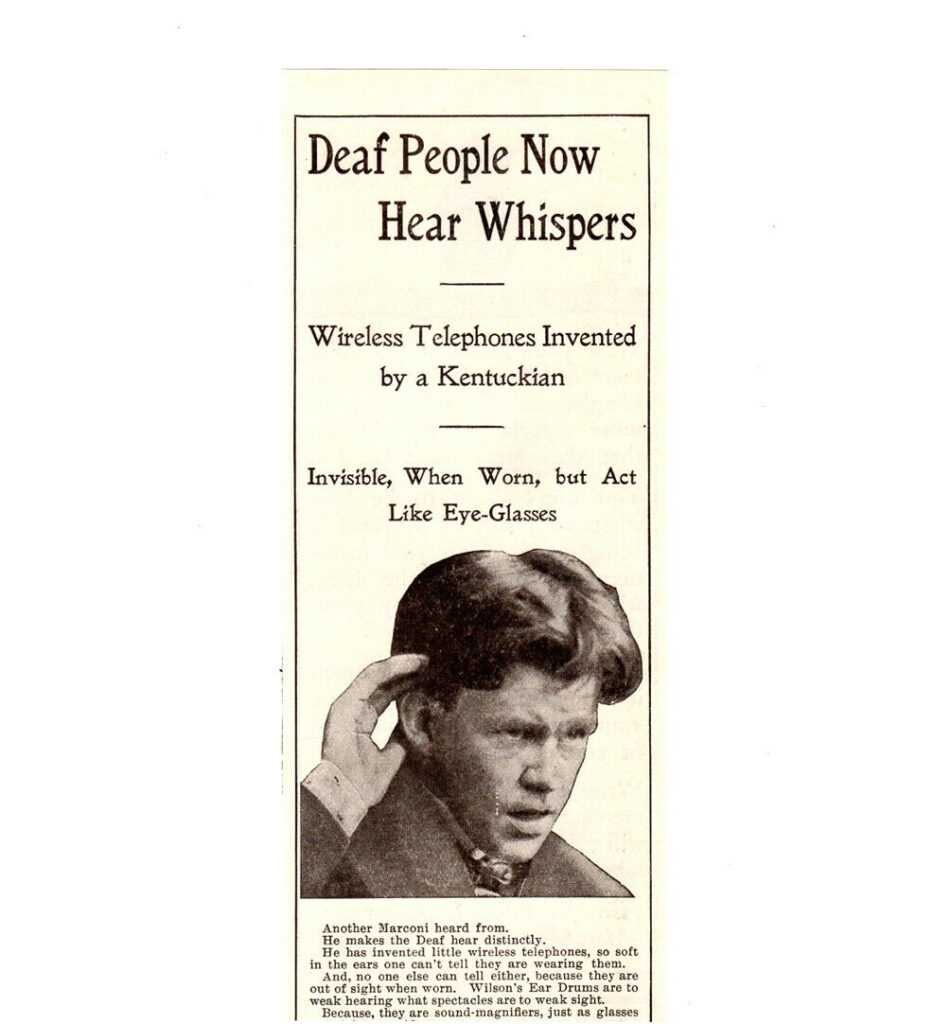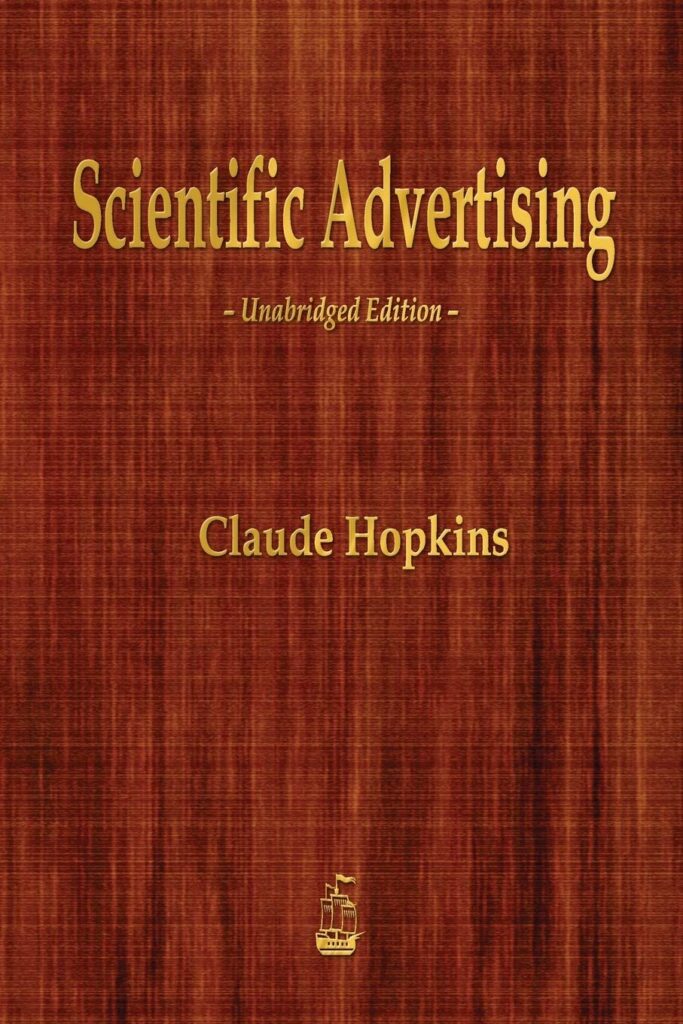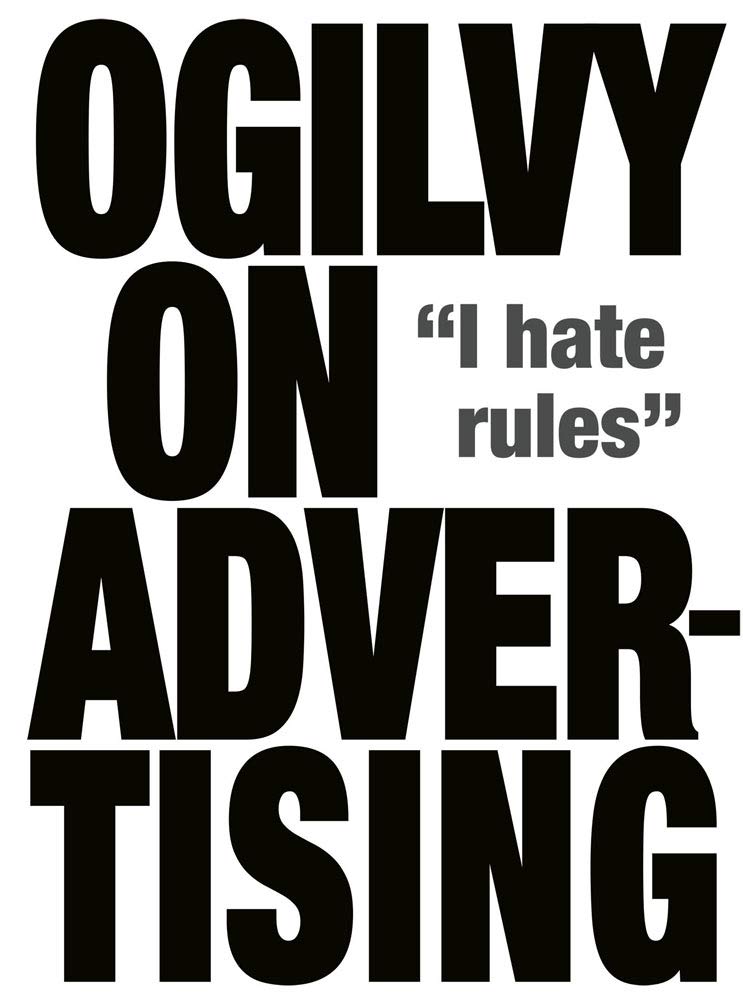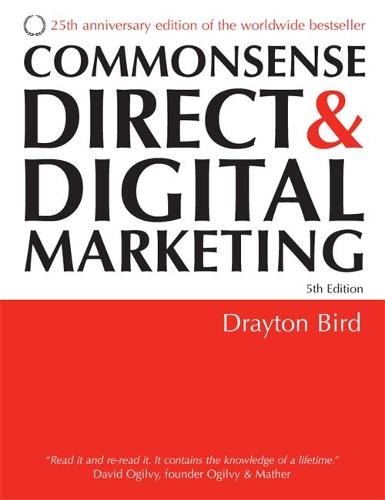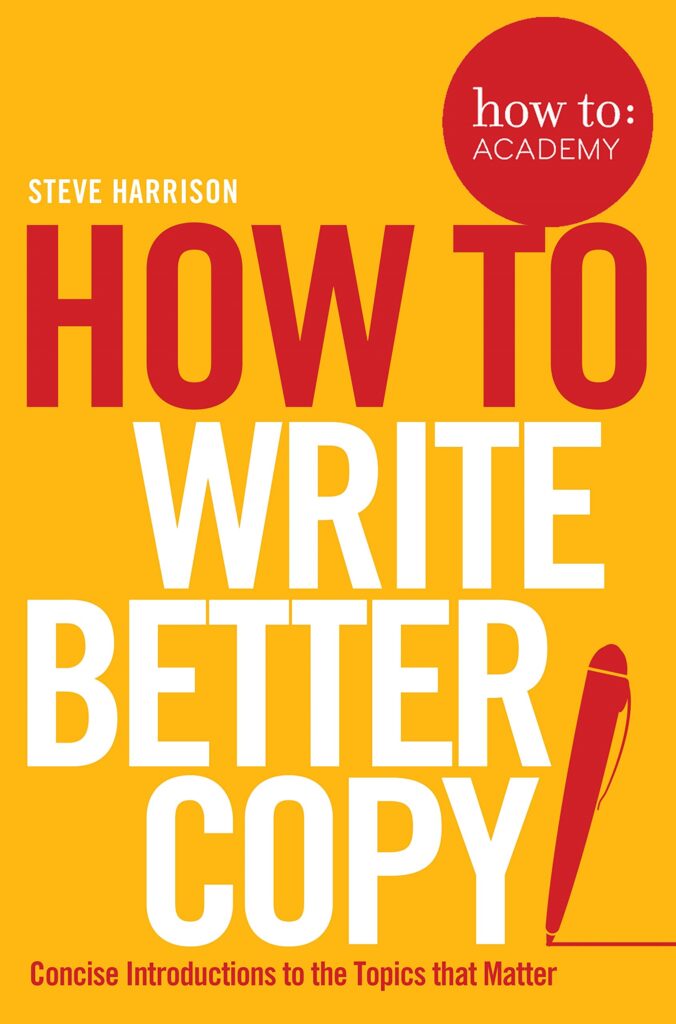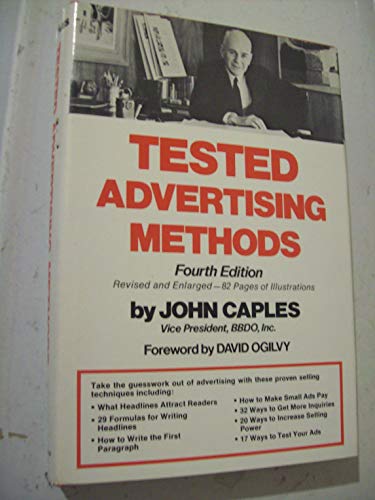In 2011, someone called Tom Hodgkinson left his quiet life in Devon begin a new business venture in London.
Five years later, Tom chronicled his first five years in business in the book Business for Bohemians. The book is a raw, unbiased account of what worked for Tom and what didn’t. Chapter 9, tellingly, was titled, ‘The Disappointments of Social Media and How to Get It Right’.
Social media marketing does nothing for sales
As is the case with almost all businesses, Tom found social media marketing – that is, posting on social media sites without paying to promote posts – did nothing for sales. And that makes sense. Without paying to promote posts, brands can expect to reach maybe 6% of their followers at most.*
And yet, like so many businesses, Tom spent time and effort attempting to make social media marketing work. But the free posting never did. Because, clearly, the networks would never allow it.
Why social networks deliberately kill marketing messages
Social networks make money through advertising. So, now they have gigantic audiences, they’re never going to let you market for free.
You can post all you like. But, unless you pay the networks to promote your posts, the networks deliberately restrict the number of people that see whatever it is you’re putting out there. Social media marketing is the equivalent of trying to drum up passing trade in an abandoned coal mine.
No matter how good your message, it will never be heard.
So why do people still invest in social media marketing?
I reckon people practise social media marketing because, at first, it’s free. And, as Claude Hopkins noted as early as 1923, if you want to get people to try something, make it free.
The trouble is, after a while, social media marketing isn’t really free at all.
Writing social media posts takes time. Responding to embarrassingly public complaints takes even more time. And time is valuable.

Well, at least social media marketing is ‘free’…
So eventually, businesses outsource their social media marketing to agencies and freelance copywriters in the hope we might be able to make it work. At that point, social media marketing is no longer free.
Social networks make sure social media marketing doesn’t work… because if it did, they’d go bankrupt.
And yet businesses outsource the job… because they have businesses to run.
So businesses invest in social media marketing – even though it doesn’t work.
What can you do instead?
What does work is paying the social networks to promote marketing messages – just as you would with magazine, radio or TV advertising.
Social networks have an audience you’d like to talk to. And, if you pay the networks, you can do so – and make decent returns.
Or you can invest in an even more effective form of marketing (Chapter 10 in Tom’s book is titled ‘The Power of the Mailing List’, and notes sending emails to a mailing list is an easy way to make money). Either way, the important point is this:
Paying for someone to write you some social media posts gives you almost no chance of making a return. The only people making any money are the people writing the posts… and sooner or later they’ll recommend you pay the networks so you can actually, y’know, communicate with some people.
At that point, you’re paying for social media marketing – to talk to no-one.
And you’re paying for social media advertising – to reach the people you were initially trying to reach.
If you’re in business to make and keep customers, be wary about anyone charging for social media marketing.
If it did indeed work, social networks would go bust.
*Update: hours after writing this, the publisher LittleThings, which had amassed 12.7m Facebook followers, collapsed. The business cited a Facebook algorithm change as the cause of its demise.
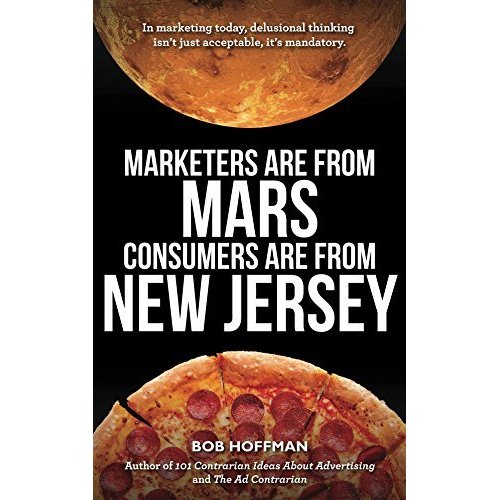
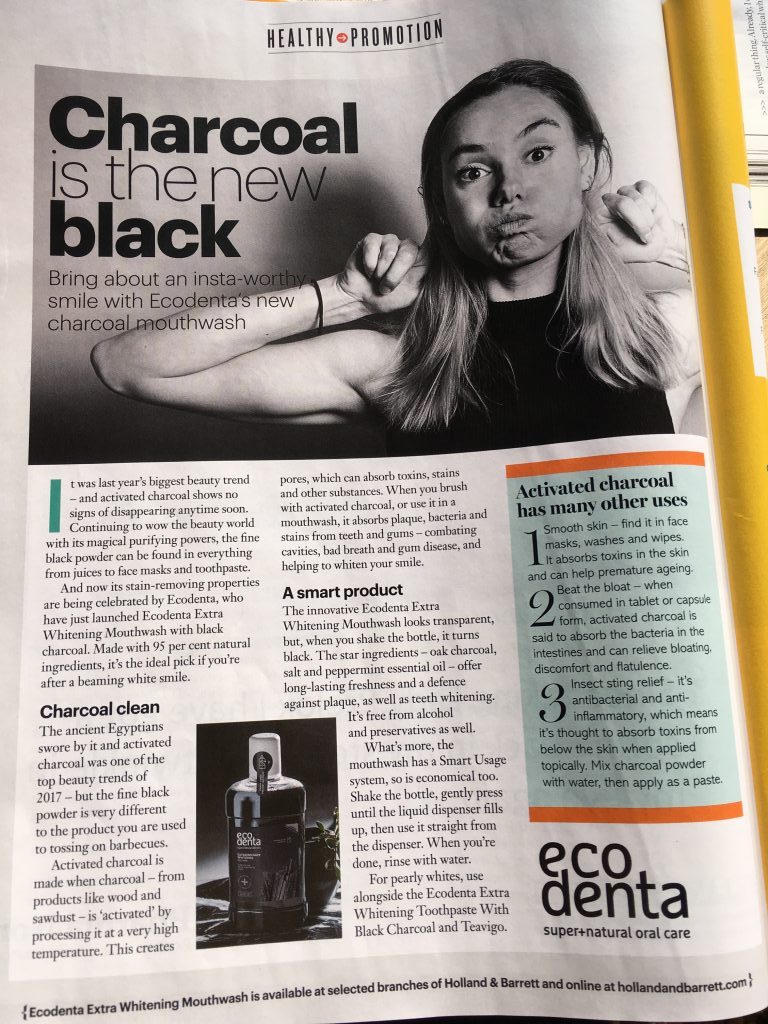

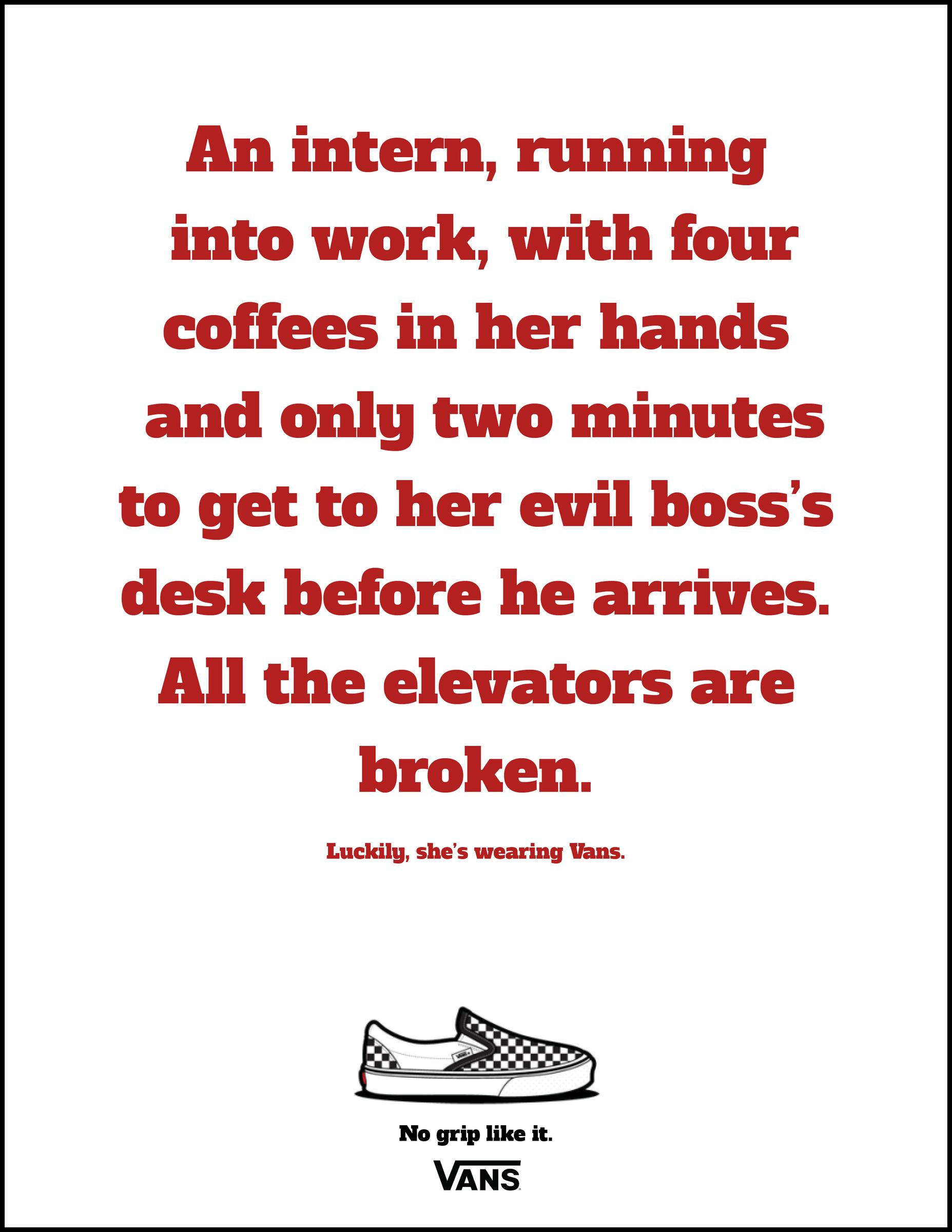
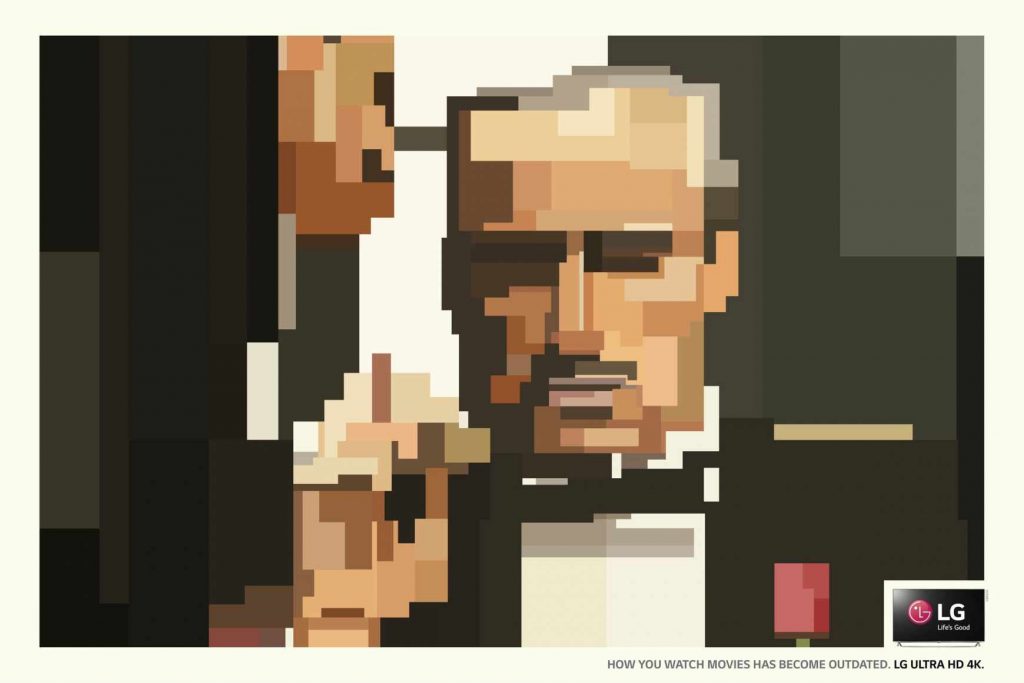
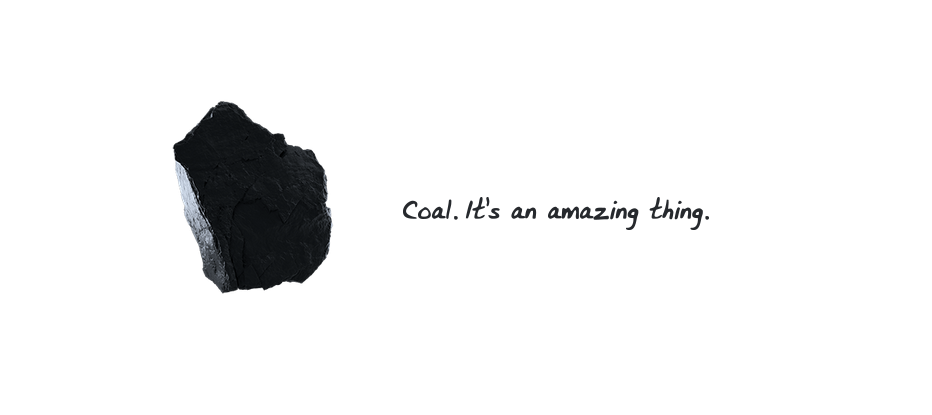 A still from the Minerals Council of Australia’s ‘Coal is Amazing’ campaign
A still from the Minerals Council of Australia’s ‘Coal is Amazing’ campaign
